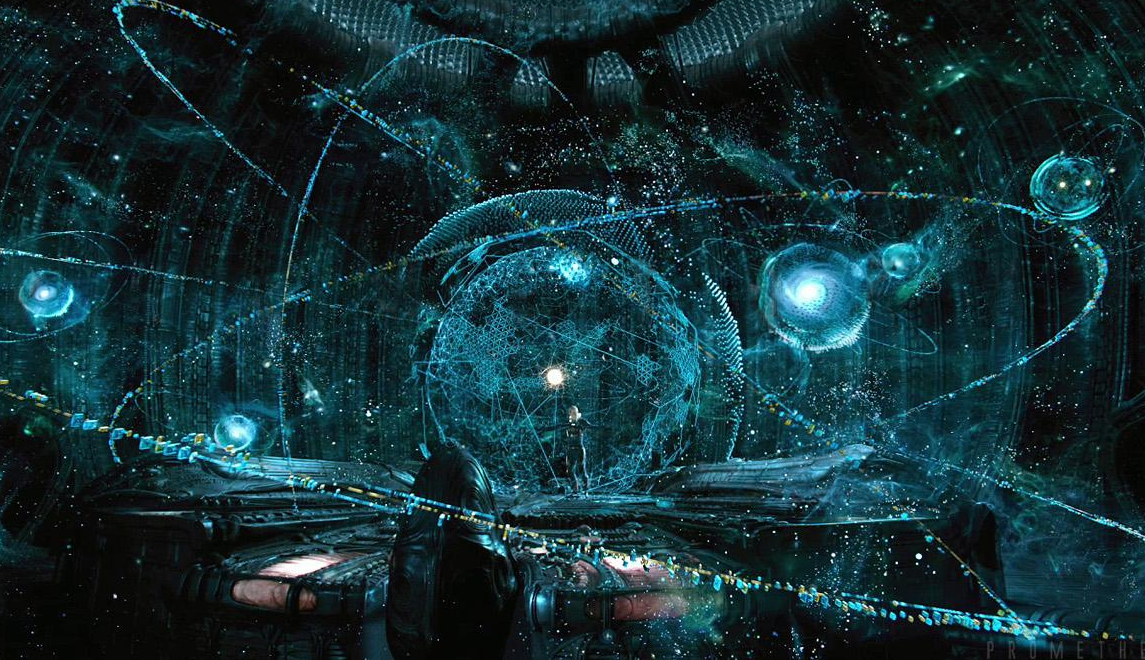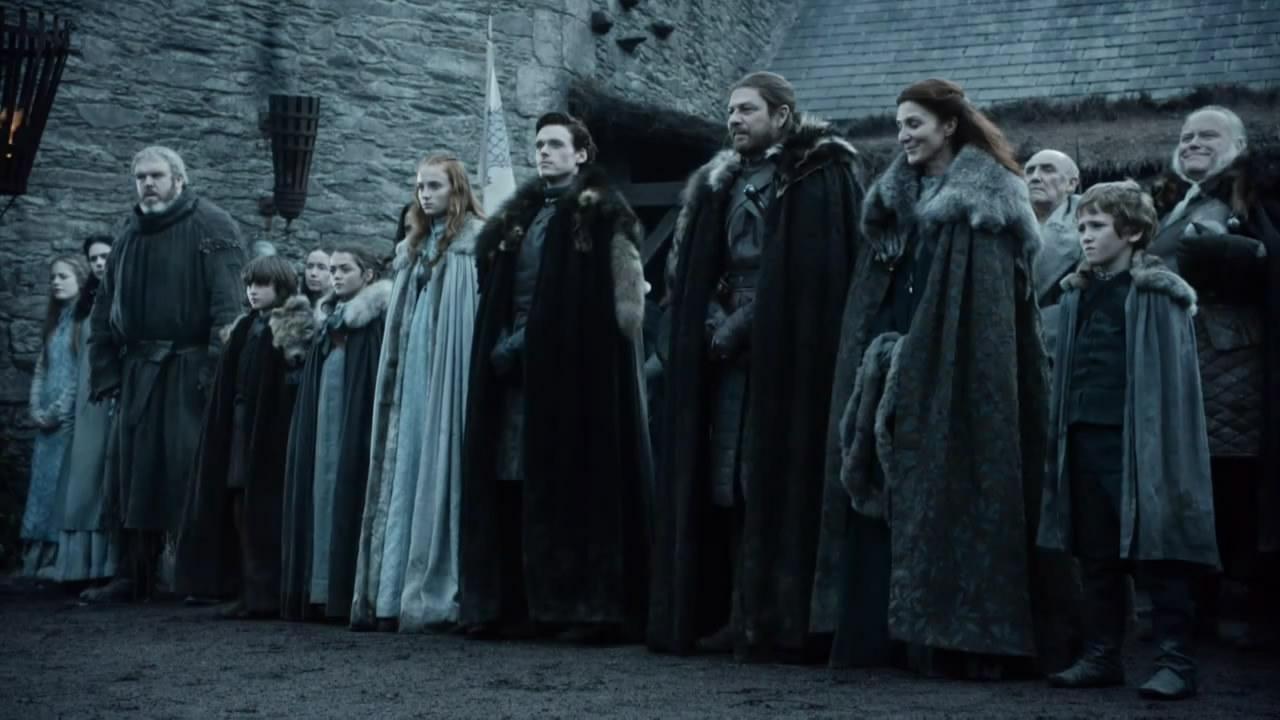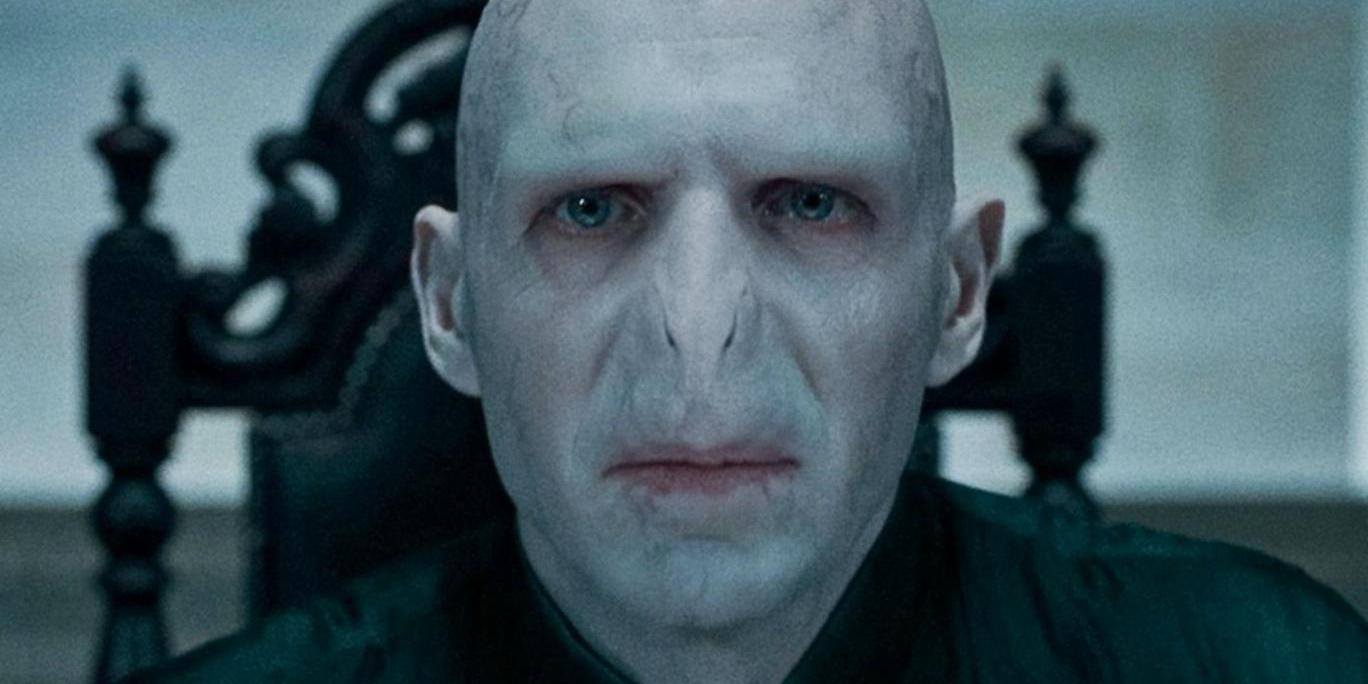From the Ground Up: The Foundations of World-building
Posted on Mar 12, 2019
Some of us have dreamt of living in another world with magic, advanced technology, and fantastical creatures. However, this daydream can be a bit tedious when we start applying it to our stories.

World-building creates the environment that your characters interact with. It also helps readers distinguish this fascinating world from real life. What made Miss Peregrine’s Home for Peculiar Children special was... well, the peculiar children who could make plants grow instantaneously or float right up into the clouds, right?
Making unique worlds come to life is one of the best things a writer can do. But having the fate of a world on our shoulders is a daunting task, no? It’s understandingly overwhelming to think of all the details.
Fortunately, we’ve got just the thing to help ground this whole world-building thing. Let’s consider these 10 key elements when creating a fully functioning world:
- GEOGRAPHY
- FLORA AND FAUNA
- GOVERNMENT
- ECONOMICS
- SOCIETY
- RELIGION
- CULTURE
- HISTORY
- MAGIC
- SCIENCE AND TECHNOLOGY

The story has to happen somewhere. Bodies of land and water, resources, and climates will shape the living conditions of the world. Think of the Houses in Game of Thrones and how each was influenced by their geography. The Starks in the North wore wolflike coats for the cold, while the Tyrells enjoyed a bountiful food supply from the lush landscape that inspired their heraldry.
Create landmarks and cities that the characters can explore to learn more about their world, culture, and history. Make sure that they’re not just places for events to occur but rather locations with interesting and well-thought-of backstories. A forest of ancient gargantuan trees could be the grave of fallen woodland fighters from centuries ago.
Think of what animals and plants can be found everywhere. Which plants do people eat, and which plants eat people (poison ivy, anyone?)? Does your story have dragons or flying monkeys? Consider the biology of people, too, especially if other races will be in the mix. The Na’vi in the Avatar movie had bodies that harmonized with their environment through direct connection. So what’s the circle of life gonna be like?

Who holds the power and how do they exercise it? How do they earn this power? What are the absolute rules and what are the consequences of justice? What rights do people have, and do they have to fight for it? The Hunger Games did a fantastic job at fleshing out the oppressive structure of its government. How will political decisions affect your world?

This doesn’t necessarily refer to money but rather how resources are distributed across lands and among societies. An empire can have an economic system that uses gold and silver coins to trade products, while another employs a sharing scheme where people do equal work and get equal access to all necessities. Digital credits earned through virtually any job worked for the characters in Mass Effect. See what floats your boat

Who belongs and who doesn’t? How are people distinguished from each other? Which group of people has unbridled access to all resources, and which ones are forced to live in the margins? Which jobs are available to each social class? Take the elves in the Dragon Age series who had limited citizenship while pious humans enjoyed privileged lives. Note that these classes may differ based on physical, mental, cultural, and economic attributes.

Does this group of people have a formal religion or not? If yes, who do they believe in, and what role does this pantheon have in shaping their people? If not, what belief system do they have in its place? Beliefs, religious or not, determine many things from daily rituals to annual celebrations, as well as which actions earn merit or not. Consider how religions can affect governance, like how the Cabins in the Percy Jackson series had implicit hierarchies and popularity depending on their assigned deity.
Major traumas like agelong famines, genocide, and wars can have lasting effects on the world and its people. New rules may be put in place, alliances formed, and rebellions incited, and landmarks may be created or lost. Consider how events ripple in time, just like how Voldemort caused so much terror that it became taboo to mention his name. Just be careful not to get stuck detailing the past—the story is still in the present.

Why do the pirates of the Black Pearl speak and jest in the drunken and jolly way they do? Or as in the Divergent series, why are the Dauntless encouraged to risk their lives in adrenaline-filled trips while Amity people spend their lives tending to gardens? What kind of structures does each of these groups construct to aid their daily lives?
They’ll have varied forms of arts and entertainment, too. Mountain tribes can have cave paintings and stone sculptures carved from the face of a cliff. They could gather annually like the Greeks do to watch and participate in fighting and sprinting competitions. Maybe it can be festivals with magicians, dancers, and chanters. It’s also worth considering how they consume entertainment and if everyone has access to it.

Magic may be a wild force, but it still has to have its rules to avoid too much chaos. In what form does magic exist and who is blessed with it? Where does it come from and how do people use it? Is magic an unpredictable force, or is there a school dedicated to its study and application? Can magic be corrupted, destroyed, or amplified? Most interestingly, are there any social implications to its use? In the Mortal Instruments, humans suffered grave consequences from using angelic runes, while Shadowhunters were almost entirely covered with these augmenting marks. Think of how magic aids and discriminates.

Sci-fi or not, societies have tools. This can change depending on the time period, ranging from ancient to futuristic. Technology can be anything: from pickled carrots, watermills, catapults, and swords, to phase guns, bullet trains, electromagnetic jammers, and nutrient pills. Technology can even be integrated with magic for sci-fi/fantasy hybrids. Simplest example of this is making a magical or superb material the basis of all tech (think vibranium from Black Panther—Wakanda forever!). Regardless of genre, think of how these advancements can affect the setting and the way people live.

It’s still quite a lot, we know. But now we know what to go for, right? Our best suggestion is not to overthink it and take world-building one step at a time. There may also be bursts of enthusiasm and intense detailing, but don’t get too carried away and start forgetting about the story.
Balance things out, and that world will come to life bit by bit. Then, it will be ready for the story. Now, you ready for some world-building? If you have some questions and clarifications on the topic, just send us a message and we’ll help as much as we can!
Sources:
Disclaimer: Images are not ours. Credit to the owner.
About 1-Hour Proofreading
1-Hour Proofreading is a growing start-up offering fast and efficient editing services at a reasonable price, with the assurance that the document is publication-ready the soonest you need it. Its team of highly competent professional editors is committed to helping those in need of quality editing services while facing tough deadlines.
Visit 1hourproofreading.com for more details.
Follow us:
Back to Grammary



